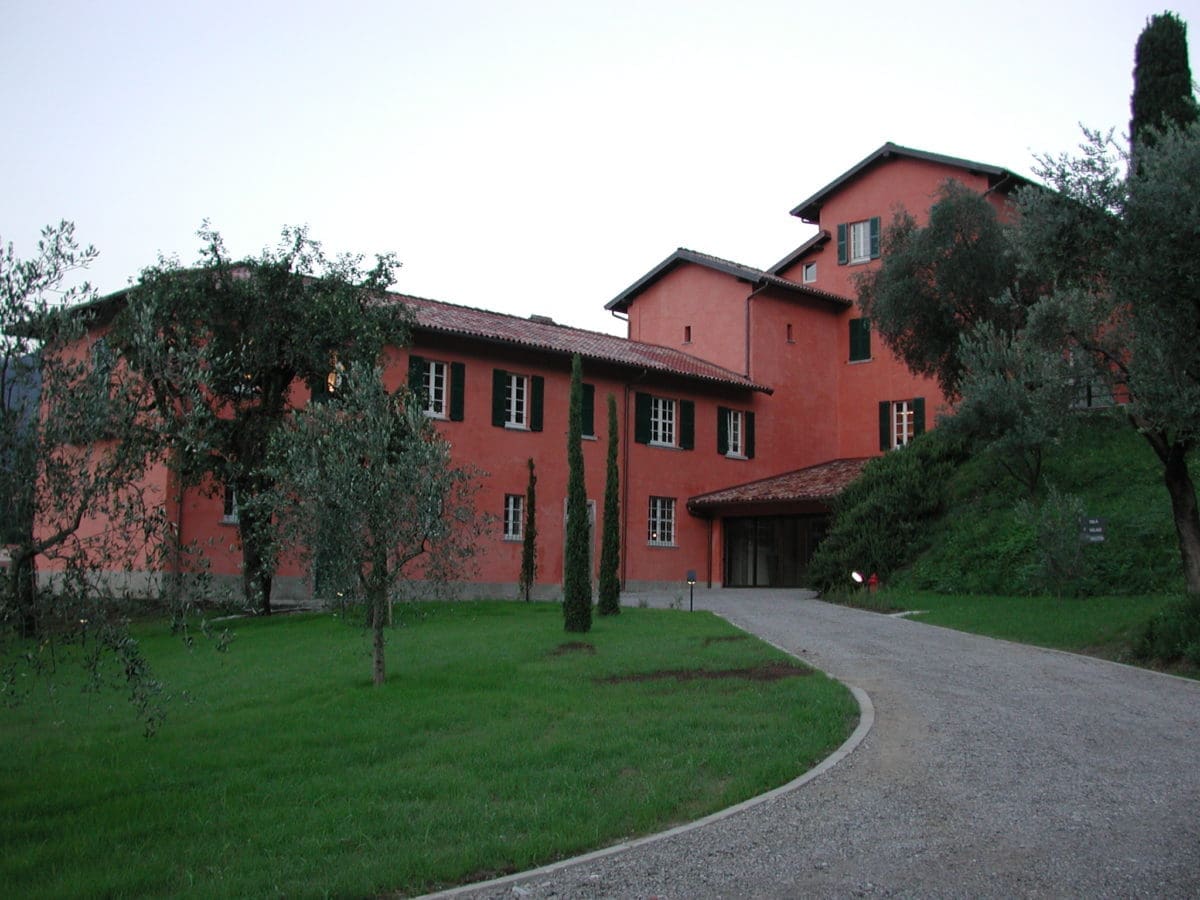We are proposing to restore over 0.5 million square kilometers of clear forests and degraded forests. This major project could remove hundreds of millions of tons of carbon dioxide per year, which will be crucial in combating our climate emergency.
Dr. Carlos NobreEarth System Scientist
With another project I’m now developing, called Amazon 4.0, we’re trying to figure out how to develop a new economy of standing forests and flowing rivers in the Amazon. Because there is, in fact, no need to make these big hydropower dams that produce disturbances in the aquatic ecosystems. This leads to the extinction of species. The potential of renewable energies such as solar panels, wind, and green hydrogen in the entire Amazon is so large that it renders additional hydropower dams unnecessary. At COP27, we proposed the Amazonian Institute of Technology. We want to create an MIT-style Institute of Technology in all Amazonian countries, which will aim to bring about science and the knowledge of indigenous people resulting in technological innovations in order to develop this new economy that will increase the value of what the forest produces.
The Amazon 4.0 project was conceptualized while at Bellagio. Bellagio enabled me to dream about what this new model economy could become. Immediately after my residency, I searched for funding once I returned to Brazil. By the end of 2018, we got the first funding, and in 2019 we started developing the Amazon 4.0 project. So Bellagio was very inspirational.
Conversations with my fellow residents really influenced my work. Saumya Roy, a fellow from India, told me a lot about plants to reduce poverty in India. Susan Gary, Professor Emerita at the University of Oregon, explained to me how large-scale investments work.
Since Bellagio, the Amazon 4.0 project has continued to develop and we are going to take one Amazon Creative Lab for the cocoa-cupuaçu value chain and carry out capacity development for several communities in the Amazon, including Indigenous people. . The Science Panel for the Amazon will continue developing policy briefs. One that we are working towards in 2023 is called Innovation Hubs, which focuses on combining modern technologies with indigenous knowledge; the wisdom found in local communities. The panel is not intergovernmental – we are just a group of scientists. I’m used to working with brilliant scientists, especially young, ambitious ones.
It’s my goal to motivate students, not only to become scientists but to help in developing this new bio-economy in the Amazon. I finished my Ph.D. 40 years ago, so I’m happy to see a new generation of leaders and to know this important work is continuing.
Over the course of my career, I’ve advised around 35 Ph.D. and Master’s students, as well as 12 post-doctoral students. I would say that about 40% of my students went on to become important leaders in research on climate change. One of them is working in partnership with U.K. Universities, such as Exeter, and leading a very important experiment in the Amazon called AmazonFACE (Amazon Free-Air CO2 Enrichment). They’ll be enhancing the carbon dioxide concentrations in a forest for several years to see how the forest responds to more CO2 in the atmosphere.
I started AmazonFACE with my former student, David Lapola. Now, thanks to funding from the U.K. government of £3.5 million, the project will go into the field. This experiment will last 10 years. That’s just one example of a student who became a very important scientist and is leading this significant experiment. One of the biggest challenges of my career has always been motivating students. I want to motivate students to become what we call Ecopreneurs.
Explore more
To find out more about Carlos’s work, you can read about the Amazonia 4.0 project, the Science Panel for the Amazon, and CEMADEN. You can also visit his Google Scholar page.
Related

December 2022
When it comes to climate justice, The Rockefeller Foundation is taking urgent steps to support and protect our planet. Globally, we are on a path to 2.7 degrees of warming, resulting in unbearably harsh living conditions that will affect us all, especially the most poor and vulnerable. We can’t afford to let that happen if […]
More